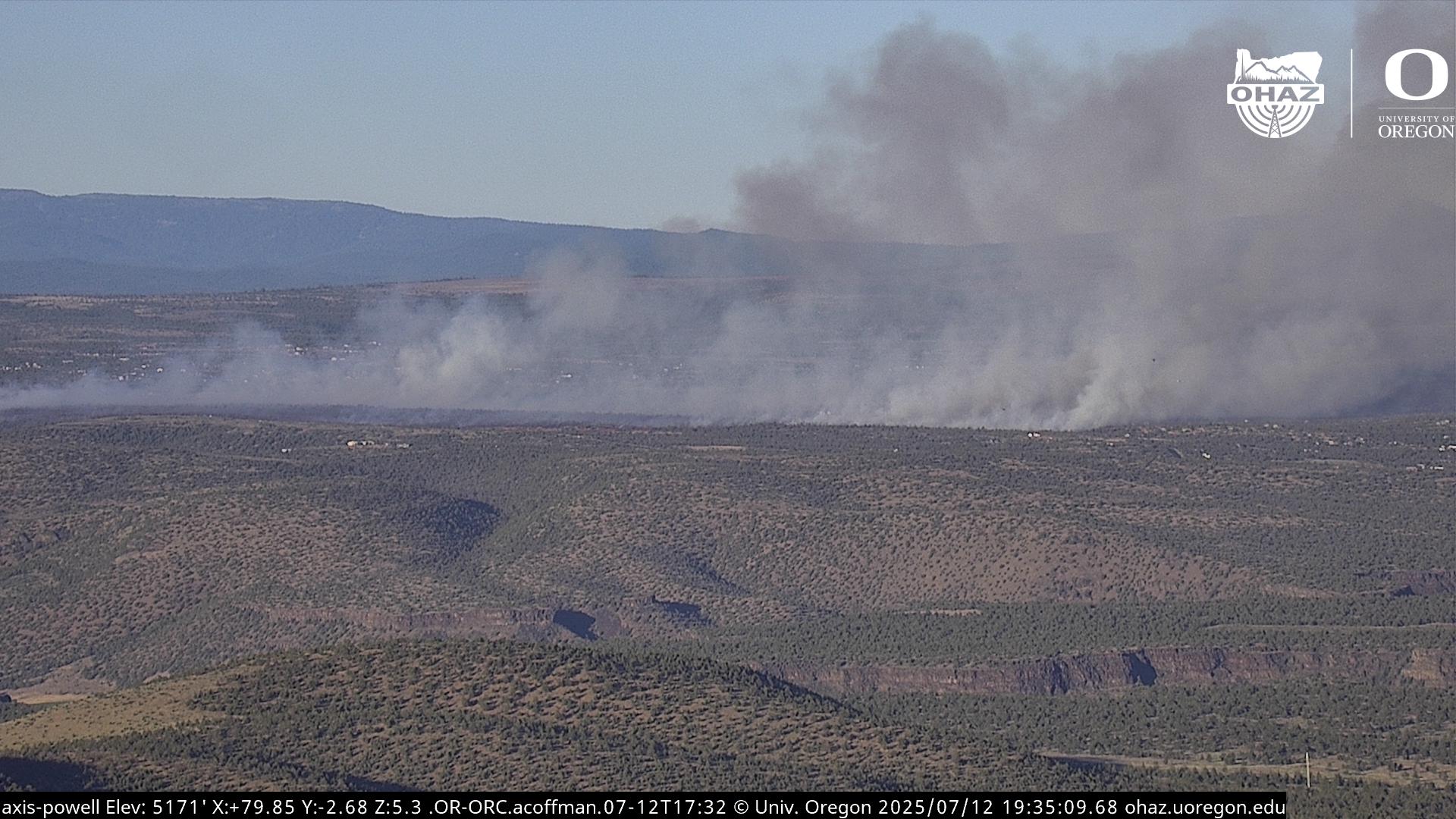Not for web
Published 9:00 pm Thursday, January 23, 2025
The Los Angeles fires are likely to mark a turning point in how homes are built and insured in the United States. The apocalyptic images coming from the Palisades and Eaton fires are unforgettable, and the destruction is massive: 27 lives lost, 12,000 structures gone and $40 billion in insured damages. The toll will almost certainly rise. Ultimately, these fires could spur changes that touch every American home.
This won’t happen right away, but experts tell me that home insurance costs stand to rise nationwide later this year and next as a result of the disaster. Why? Because insurance companies protect themselves against big losses by buying their own insurance, called reinsurance. Reinsurers try to spread the risks around, including to homeowners in other states. This price hike will come on top of the 38% jump in home insurance rates that has occurred since 2019.
Trending
Though it’s easy to point to specific failures in Los Angeles — the California insurance market is a mess, there was insufficient water to fight the fires, and many homes weren’t built or retrofitted to withstand the blaze — the reality is that large natural disasters are happening more frequently almost everywhere. Last year, there were 27 severe weather-related events in the United States that caused $1 billion or more in damages. That’s up from two in 1984. Most American homes are not built to withstand disasters. And the insurance market isn’t prepared, either.
“Our insurance model is increasingly untenable,” Daniel Schwarcz, a professor at the University of Minnesota Law School, told me. “Our model needs to change.”
Huge, expensive disasters often trigger modifications. After Hurricane Andrew struck Florida in 1992, the state overhauled its building code to require stronger windows and roofs. After the 1994 Northridge earthquake in Los Angeles, insurers mostly pulled back from covering earthquake damage, leading the state to create the California Earthquake Authority. And after Hurricane Betsy decimated Louisiana in 1965, leaving many people homeless with no money to rebuild, the federal government created the National Flood Insurance Program.
The L.A. wildfires should be a similar turning point that forces three changes:
1. Stronger homes: Pretty much everyone I’ve spoken with about the wildfires made the same argument: Homes need to be built with more fire-resistant materials and have buffers such as concrete fences or “moats” around the outside.
This isn’t only a California problem. Across the country, the risk of damaging hail or wind is rising. In 2023, Florida, Louisiana and North Carolina all had higher “nonrenewal rates,” instances in which home insurers refuse to insure anymore, than California had. Smart governors should be looking at ways to incentivize people to fortify their homes.
Trending
2. Insurance that reflects the real risk: California’s insurance problems date at least to 1988, when state voters approved a law limiting insurance price hikes. This sounded good. No one likes a big increase in their annual bill. But over time, the actual cost of insuring California homes became disconnected from the rates that insurers could charge. The business became unsustainable, which is why insurers such as State Farm, Allstate and Farmers pulled back in California. People who lost insurance turned to the state-run FAIR (Fair Access to Insurance Requirements) plan. But it was unprepared for so much use. The FAIR plan has only about $700 million in cash on hand — not enough to cover billions in damages. By law, FAIR can surcharge all other insurers in the state for the shortfall. But guess what? That surcharge will almost certainly be passed along to other California residents who have private insurance policies.
3. Government-run disaster insurance: Private insurers in California are still hurting from the 2017-2018 fires that wiped out more than a decade’s worth of their profits. Now they face another catastrophic event. It’s possible that private home insurers will stop including wildfires in their policies, just as many of them have stopped including earthquakes.
Government-run disaster insurance seems inevitable. The problem, of course, is politics.








